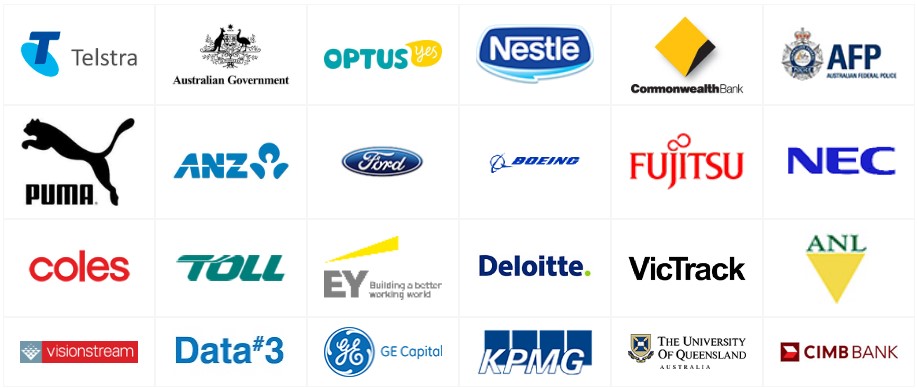A network is an interconnection of end-user computing devices over a digital medium.
Before we carry out any task in general life, we plan the actions, take those actions, and check if we get the desired outcome.
Computer networks are much the same, they need planning, implementing, monitoring, and of course, troubleshooting if any issues arise. Network design comes under the planning part, and we need to be thorough during this phase if we want our network to succeed and perform at an optimum level.
We can use the following 10 network design steps to create a sustainable and future-proof network design:
1. Outline the requirements
Before designing any network we must be aware of the purpose of the network and it should be efficiently conveyed to everyone working on the design so that they stick to the purpose.
2. Draw out the network topology
Network topology plays a big part in the implementation of the network as it informs the network administrator about the network components, segments, and connections between different segments of the network.
3. Keep a register of the hardware
We should note down all the hardware components used and keep a record of how they are connected and configured within the network. We should also keep a backup of the configurations on remote devices, in case of an outage in the network.
4. Label the hardware
Labelling the hardware correctly helps us in differentiating between the hardware which would otherwise look identical. The labels should be based on the network device role and configuration used in the network.
5. Keep a record of the software used
We should keep a record of all the software, along with the versions, used on all the devices, and also the proof of licenses for that software to avoid future copyright infringement litigation if any.
6. IP addresses and subnets
The IP addresses for individual components and subnets for the segments of the networks must be carefully assigned and documented for future references. The network diagram should identify the hardware with their hostnames and IP addresses.
7. Test the network
Before transitioning the network into production, we must always test the network by running a prototype of the network in a test environment to confirm everything works as intended.
8. Allow room for redundancy
Adding redundant components in a network helps in case of a failure or a security breach. It helps increase the availability of the network.
9. Network security
Security is a major component for everything in the world these days, and every possible step should be taken to keep the network secure and save it from malicious attacks. Network security should be a part of the network design and not an afterthought.
10. Plan for the future
All networks become slow more and more devices are put onto the network. Planning for network expansion while designing the network is a must.
Logitrain offers a vast range of IT courses and computer training courses for helpdesk support professionals.
Our Cisco Design Certification courses and Designing Cisco Enterprise Networks (ENSLD) course can assist in kick-starting an IT career in Australia.





